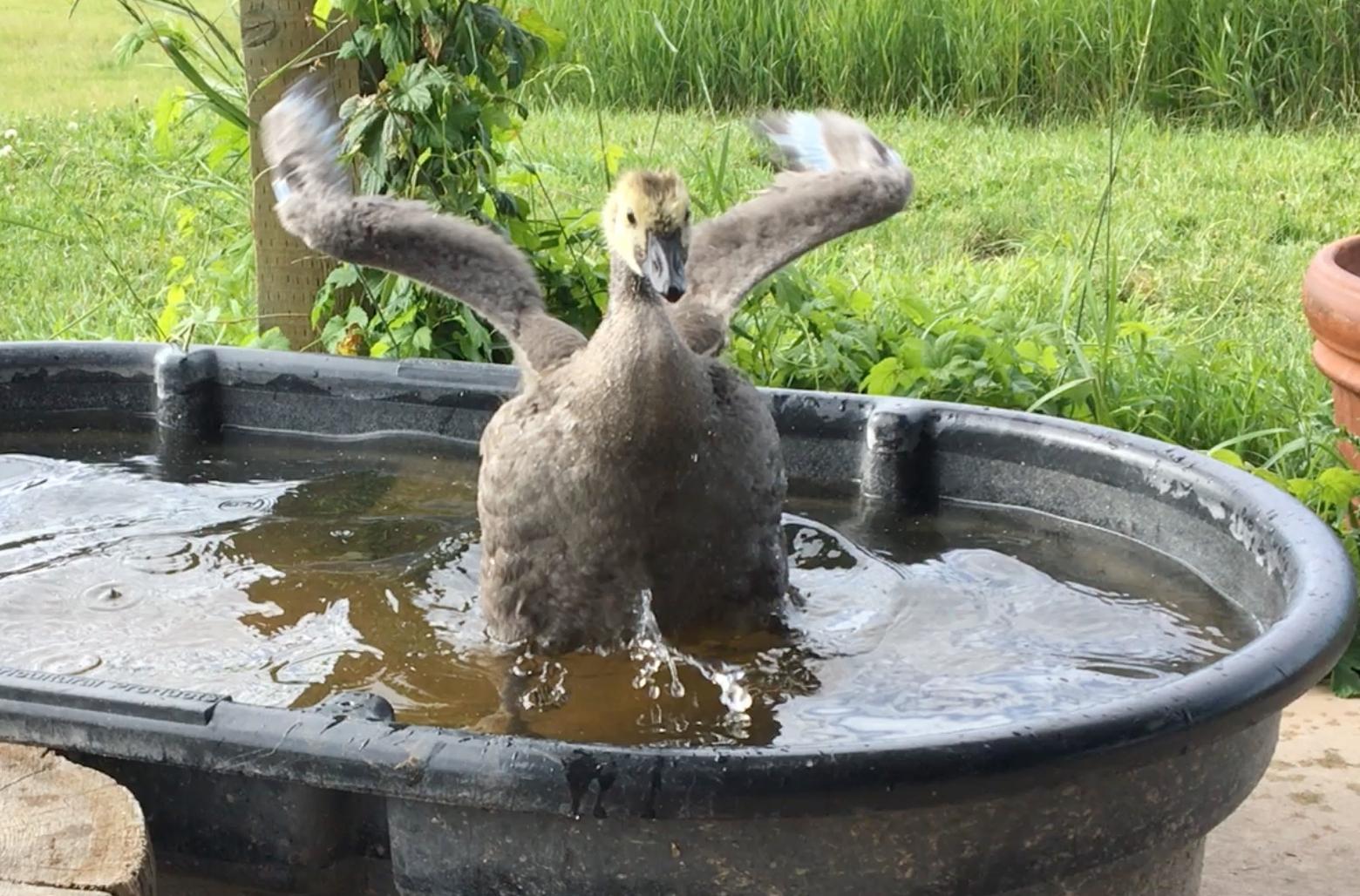Back to StoriesWhen Reality Bites
July 18, 2018
When Reality BitesA Predator Tale
In the Greater Yellowstone Ecosystem, discussions of predators and prey often revolves around larger animals and the hooved animals they eat.
Yet every day, in this age when even the most progressive-minded, community-co-op-shopping citizens are raising chickens, bunnies and honey hives in their urban/suburban/exurban back yards, they're learning what it means to be visited by carnivores searching for food.
Jennifer Boyer, who earlier cut her teeth as a conservationist working with ranchers on water issues in Montana's Big Hole River valley and Chris Boyer, her husband and a renowned aerial photographer, operate Farm 51 outside of Bozeman—a true old-school mom and pop operation.
As Jen shared on social media, she and Chris characterize themselves as "live and let live" but it still doesn't ameliorate the pain of losing animals in the farm yard. Reality sometimes really does bite. And it feels personal.
Many farmers and ranchers in Greater Yellowstone and across the West have taken steps to achieve better co-existence with wildlife predators. Indeed, there are many organizations providing technical support to non-lethally manage animals ranging from bears, wolves and cougars to coyotes, foxes, raptors and animals like skunks and raccoons.
Here is what Jen Boyer posted:
"Sad news from the farm. Last Thursday all of B's chickens were killed. The fox was caught on our game camera that night returning to the scene. Saturday we returned from a family river day and could not locate Goose. Sunday morning the golden eagle touched down in the barnyard, where we found the evidence of her previous meal. In just a couple months we had grown quite attached to Goose. B rarely gets emotional and has shed tears for days, Kit keeps visiting the crime scene searching through the tall grass. We do our best management to coexist with predators and understand they are doing what they need to do to feed their babies. But, there are zones of tolerance. Killing pets in our yard oversteps my tolerance, I'm not feeling very friendly towards predators at the moment."
Below is a video of the Boyers' late fowl, Goose.
Some groups working to help reduce conflicts between farmers, ranchers and wildlife predators by promoting non-lethal deterrents. Click on links and check them all out. They do good work:


